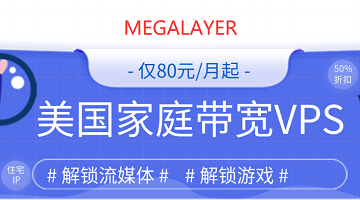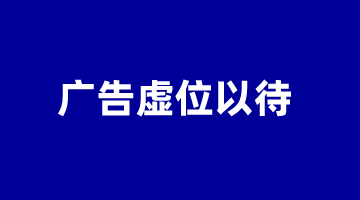Kotlin 是一种静态类型编程语言,它支持多种设计模式,包括状态模式(State Pattern)。状态模式是一种行为设计模式,它允许对象在其内部状态改变时改变其行为。在 Kotlin 中实现状态模式通常涉及定义状态接口、具体状态类以及上下文类。
状态模式与其他设计模式的协同可以增强代码的可维护性、可扩展性和可读性。以下是一些常见的状态模式与其他设计模式的协同使用示例:
-
策略模式(Strategy Pattern): 状态模式可以与策略模式结合使用,以在运行时动态改变对象的行为。例如,在一个游戏中,不同的游戏状态可以对应不同的移动策略。在 Kotlin 中,你可以定义一个策略接口,然后为每个状态实现该接口。上下文类可以根据当前状态选择合适的策略来执行操作。
interface MoveStrategy { fun move(context: GameContext) } class WalkStrategy : MoveStrategy { override fun move(context: GameContext) { // Walk logic } } class RunStrategy : MoveStrategy { override fun move(context: GameContext) { // Run logic } } class GameContext(private var strategy: MoveStrategy) { fun setStrategy(strategy: MoveStrategy) { this.strategy = strategy } fun move() { strategy.move(this) } } -
观察者模式(Observer Pattern): 状态模式可以与观察者模式结合使用,以便在状态改变时通知相关的观察者。例如,在一个聊天应用程序中,当用户的状态(如在线、离线)改变时,所有关注该用户的观察者都会收到通知。
interface Observer { fun update(state: UserState) } class NotificationObserver : Observer { override fun update(state: UserState) { println("User is now ${state.name}") } } class UserState { private val observers = mutableListOf<Observer>() private var name: String = "" fun addObserver(observer: Observer) { observers.add(observer) } fun removeObserver(observer: Observer) { observers.remove(observer) } fun setName(name: String) { this.name = name notifyObservers() } private fun notifyObservers() { observers.forEach { it.update(this) } } } -
命令模式(Command Pattern): 状态模式可以与命令模式结合使用,以便将状态相关的操作封装成命令对象。例如,在一个图形编辑器中,不同的绘图状态可以对应不同的命令对象,这些命令对象可以被撤销和重做。
interface Command { fun execute() fun undo() } class DrawLineCommand(private val context: DrawingContext) : Command { override fun execute() { // Draw line logic } override fun undo() { // Undraw line logic } } class DrawingContext { private var command: Command? = null fun setCommand(command: Command) { this.command = command } fun executeCommand() { command?.execute() } fun undoCommand() { command?.undo() } }
通过将这些设计模式与状态模式结合使用,你可以创建出更加灵活和可维护的系统。每种模式都有其独特的优势,而状态模式特别适用于处理对象状态变化的场景。

 便宜VPS测评
便宜VPS测评





